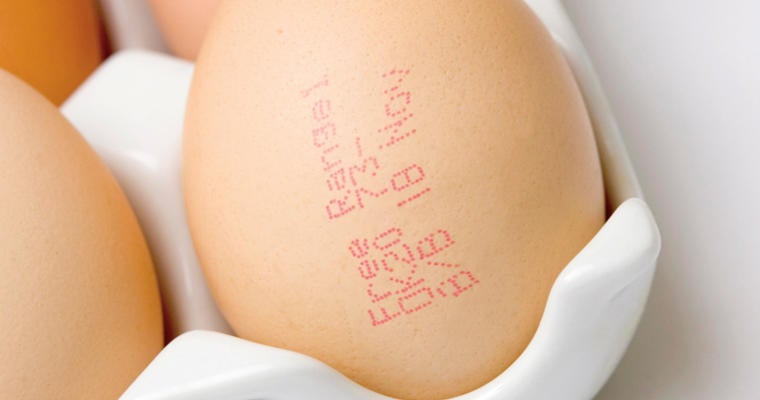We demystify best-before and expiration dates to help you understand when food is at its best.
It’s important to understand what information the specific type of date code tells you about a food or drink. A common misconception is that a date code indicates a product’s safety. In most cases, this is not true. Date codes relate more to quality than safety. In general, there are two types of date codes: best-before dates and expiration dates.
Best-before dates
Best-before dates are most commonly seen on food and drinks. They provide a calendar date to identify when a food will be at its best quality. Once a food has passed the best before date, there may be changes in its flavour, freshness or texture. Best-before dates are legally required on products that have a shelf life of 90 days or less. Manufacturers must also provide storage instructions with these products. On products whose shelf life exceeds 90 days, the best-before date is not mandatory, but most manufacturers still include it.
Manufacturers often times will also add other dates to the packaging, but these would be in addition to the best before date, not as a replacement. Some examples are:
- “Sell-by” dates tell a store how long to display a for-sale product.
- “Prepared/Manufactured On” dates are often used on foods that are prepared on-site.
- “Use-by” dates are the last date recommended to use the product. This date is determined by the manufacturer. On infant formula, this is a safe-to-consume-by date.
- “Freeze by” date indicates by when an item should be frozen.
Just remember that even though best-before dating is not indicative of food safety, it can be helpful in understanding if the quality of the item is impacted.
Expiration Dates
Expiration dates indicate the last day a food will retain its nutritional value. Health Canada requires that all foods for special dietary uses have expiration dates on the packaging. These foods are used as food substitutes so it is important that their nutritional value is intact when consumed. The following foods fall under the foods for special dietary uses definition:
- Infant formula
- Nutritional supplements
- Meal replacements
- Foods sold specifically for very low-energy diets
- Formulated liquid diets
Whether a product has a best before date or an expiration date, one common rule is that the date stamp cannot be on the bottom of the package. So any date on the bottom of packages is generally not for the consumer of the product. The codes on the bottom of packaging might be lot or batch codes that manufacturers us for product recalls or to rotate stock.
Beyond date codes
Since date codes focus more on quality, here are few food safety tips to remember.
- Canned foods are generally safe to consume as long as they are not exposed to freezing temperatures and are stored at room temperature 10°C to 21°C (50°F to 70°F). Cans that are dented, bulging or rusted should be discarded.
- Canned foods with high acidity (e.g. tomatoes and fruits) maintain their best quality for 12 to 18 months.
- Canned foods with lower acidity (e.g. meats and vegetables) will keep for two to five years.
Any potentially hazardous foods can be kept for two to three days if it is stored at 4°C (40°F) or lower. If the food is not used within three days it should be discarded. Remember that Day 1 is the day the product was made. So if a product was made on October 15, the use-by date would be October 18.
Keep in mind that you should always consult your community’s policies for specific information about food storage, safety and use, including day in and out recommendations.










